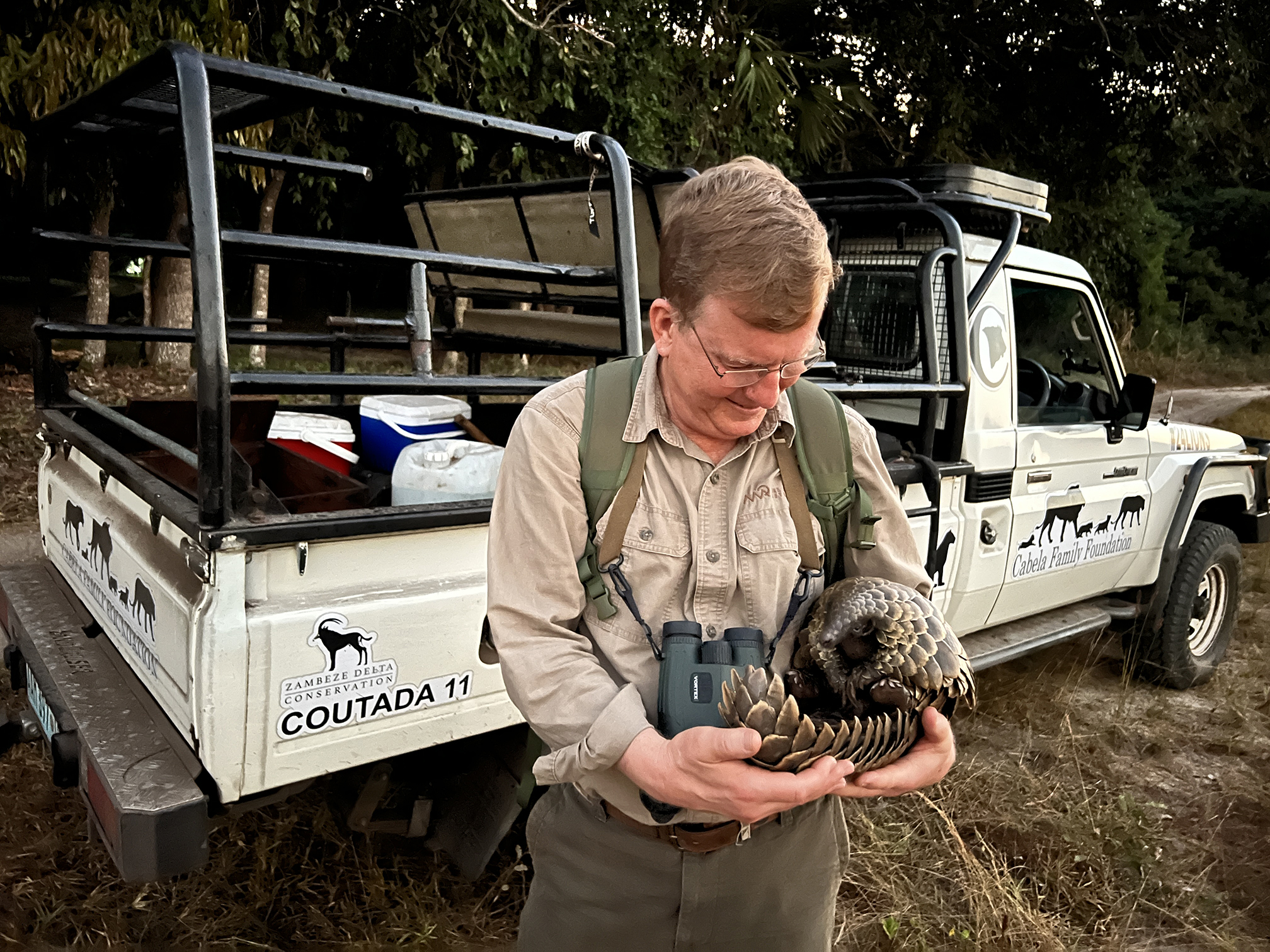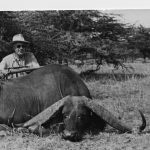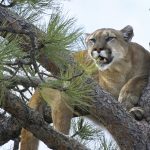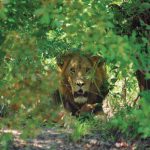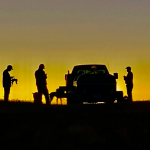The hunting community extends a helping hand to one of the world’s most endangered animals.
Photo above: Mike Arnold spends some quality time with a rescued pangolin prior to its release into the wilds of Mozambique.
The tongue of the prehistoric-looking creature flicked in and out, reminding me of a snake. But this tongue belonged to one of the rarest creatures on the globe–the pangolin. Its name derives from the Malay pengguling, referring to something that rolls up. Pangolins defend themselves from predators such as leopards, lions, and hyenas using their thick, sharp-edged scales and the ability to roll into a ball, with the scales on the outside. This one in Mozambique was a Temminck’s pangolin (Smutsia temminckii), also known as a scaly anteater.
Reaching a maximum height of 15 inches, and tipping the scales at only 30 pounds, the Temminck’s pangolin doesn’t enthrall by being large. Its star power rests in its interlocking scales, long-recurved claws used for tearing apart the ground in search of ants and termites, and the previously mentioned tongue. Of all its physical attributes, the pangolin’s tongue takes a back seat only to its scales in the rank of interesting adaptations. We watched as it foraged, continually projecting its sticky tongue to lap up ants uncovered in its excavations. If an adult Temminck’s pangolin fully extended this appendage-–the base is connected near the animal’s pelvis-– the length, around 15 inches, would exceed the length of its body.
Pangolins appeared, according to the fossil record, approximately 65 million years ago. They were once distributed throughout Asia, Southeast Asia, the Indian subcontinent, and Africa. Today, however, they are among the world’s most endangered and trafficked animals. Pangolin poachers capture, kill, and cut up the animals for their scales and meat. With their meat considered an epicurean’s delight and their scales coveted by witch doctors, proponents of Traditional Chinese Medicine, and jewelers, more than 10,000,000 pangolins have disappeared in the past decade.
Zambeze Delta Safaris (ZDS), in partnership with local Sena villagers, is beginning a major restoration effort centered around the pangolin. The reintroduction thus far has restored a handful of animals to nature; animals rescued from poachers by the Mozambique equivalent of the U.S. Fish and Wildlife Service. Once confiscated, pangolins are airlifted by helicopter into the ZDS hunting concession, Mozambique’s Coutada 11. Upon arrival, the resident scientists, Willem Briers-Louw and Tamar Kendon immediately launch the rehabilitation phase, with the animals often arriving dehydrated and underfed by their passage through the poachers’ hands. Once the rehabilitation ends, the scientists equip each of the scaly creatures with a small version of the satellite-tracking devices used for lions, leopards, cheetahs, and elephants. In the pangolins’ case, the trackers (tags) attach to the scales at the base of each animal’s tail.
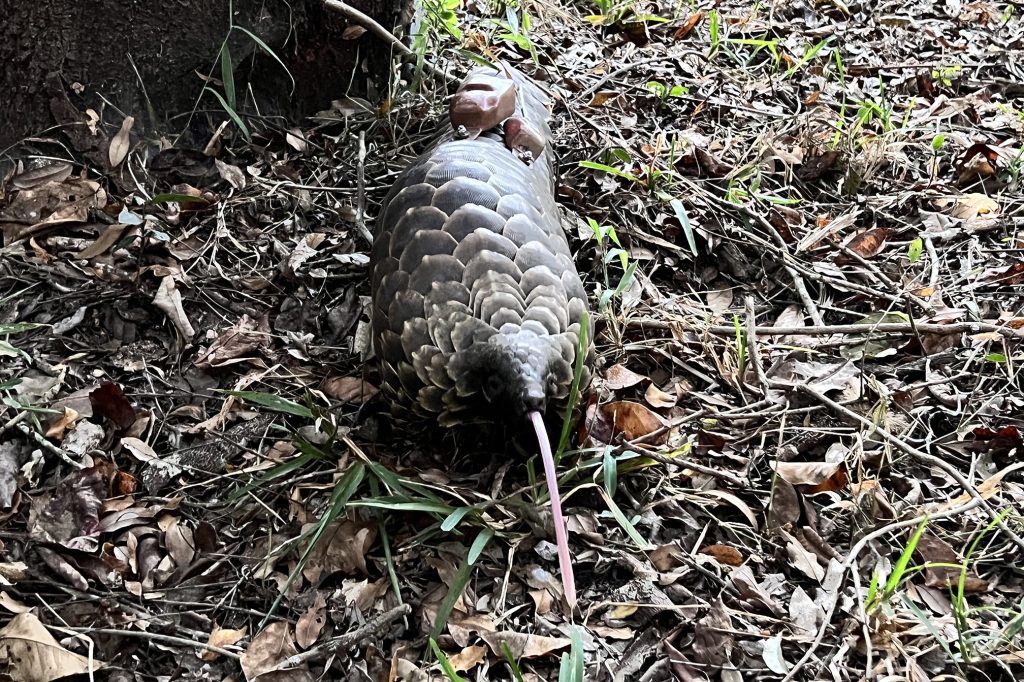
ZDS’s Mark Haldane and his wife, Laurette, are self-funding the initial efforts. When asked about the money needed for the pangolin rescue/reintroduction to continue, Mark said, “We’ll start the fundraising soon because with the successful relocations so far, we know it works.”
The pangolin I was watching had just been released by Tamar and Willem into the landscape. As we walked back to the Land Cruiser, I couldn’t help but reflect that we were witnesses to yet another seriously endangered species wandering around in a restored, natural environment, all because hunting outfitters and their clients make long-term investments in money, time, and energy. Non-hunters sometimes assume hunters’ interest in nature always involves the crack of a rifle shot. The Coutada 11 Pangolin Project belies that assumption.

